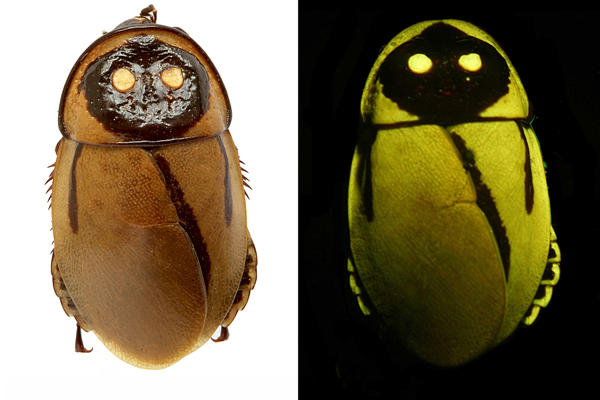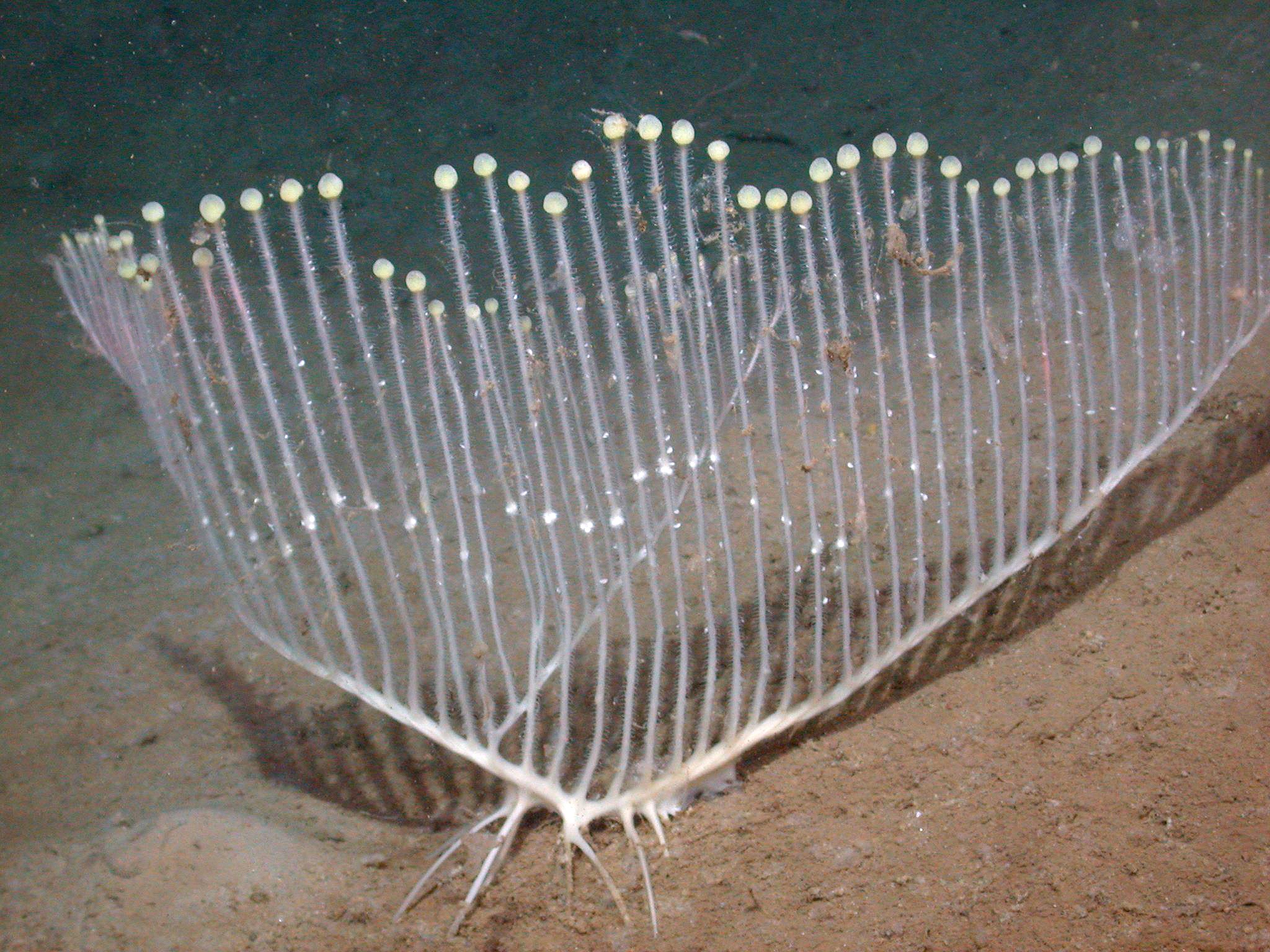Glow-in-the-Dark Cockroach Among Top 10 New Species


A glowing cockroach, a monkey with a blue behind and a meat-eating sponge snagged spots on a list of top 10 new species named in 2012, scientists announced today (May 23).
In its sixth year, the Top 10 New Species list is compiled by the International Institute for Species Exploration at Arizona State University and is announced on the anniversary of the birth of Carolus Linnaeus. An 18th-century botanist, Linnaeus created the modern system for naming and classifying species.
The panel plucked the top 10 new species from more than 140 nominations; to be considered, the species had to have been officially named in 2012 and described with the appropriate code of nomenclature. [See Images of the Top 10 New Species]
"We look for organisms with unexpected features or size and those found in rare or difficult to reach habitats," Antonio Valdecasas, a biologist and research zoologist with Museo Nacional de Ciencias Naturales in Madrid, Spain, said in a statement. "We also look for organisms that are especially significant to humans — those that play a certain role in human habitat or that are considered a close relative," added Valdecasas, who is committee chair for the top 10 species list.
Quirky species
One such creature with an odd feature is the glow-in-the-dark cockroach, named Lucihormetica luckae, whose luminescence may help the creepy-crawly mimic toxic click beetles and thereby avoid predators. In addition, a carnivorous sponge shaped like a harp also made the list. The sponge (Chondrocladia lyra), which lives nearly 2 miles (more than 3 kilometers) beneath the Pacific Ocean, sports 20 barbed vanes that resemble a harp's strings. Once it captures meaty prey, the sponge envelops it in a thin membrane and slowly begins to digest the animal.
And then there's the monkey with the blue butt. Discovered in the Democratic Republic of the Congo, Cercopithecus lomamiensis is more easily heard than seen. Apparently the Old World monkey performs a booming song at dawn. Even so, it does sport some striking features, including bare blue patches of skin on its buttocks, testicles and perineum, along with humanlike eyes.
Get the world’s most fascinating discoveries delivered straight to your inbox.
Other quirky creatures that made it to the top-10 list include a nocturnal snail-eating snake (Sibon noalamina) found in a mountain range in Panama; a teensy frog (Paedophryne amanuensis) as small as 7 millimeters (0.3 inches) long and now considered the world's smallest vertebrate (an animal with a backbone).
Filling out the list is a black-hued fungus that threatens Paleolithic cave paintings, a tiny violet from the high Andes of Peru, an endangered shrub with emerald-green leaves and magenta flowers, and a new fossil species of hanging fly that mimics the leaves of a gingko-like tree.
Identifying biodiversity
The committee says identifying Earth's species is critical, especially since many are threatened.
"For decades, we have averaged 18,000 species discoveries per year which seemed reasonable before the biodiversity crisis. Now, knowing that millions of species may not survive the 21st century, it is time to pick up the pace," Quentin Wheeler, founding director of the International Institute for Species Exploration at ASU, said in a statement.
"We are calling for a NASA-like mission to discover 10 million species in the next 50 years," Wheeler added.
Follow Jeanna Bryner on Twitter and Google+. Follow us @livescience, Facebook & Google+. Original article on LiveScience.com.
Jeanna Bryner is managing editor of Scientific American. Previously she was editor in chief of Live Science and, prior to that, an editor at Scholastic's Science World magazine. Bryner has an English degree from Salisbury University, a master's degree in biogeochemistry and environmental sciences from the University of Maryland and a graduate science journalism degree from New York University. She has worked as a biologist in Florida, where she monitored wetlands and did field surveys for endangered species, including the gorgeous Florida Scrub Jay. She also received an ocean sciences journalism fellowship from the Woods Hole Oceanographic Institution. She is a firm believer that science is for everyone and that just about everything can be viewed through the lens of science.



